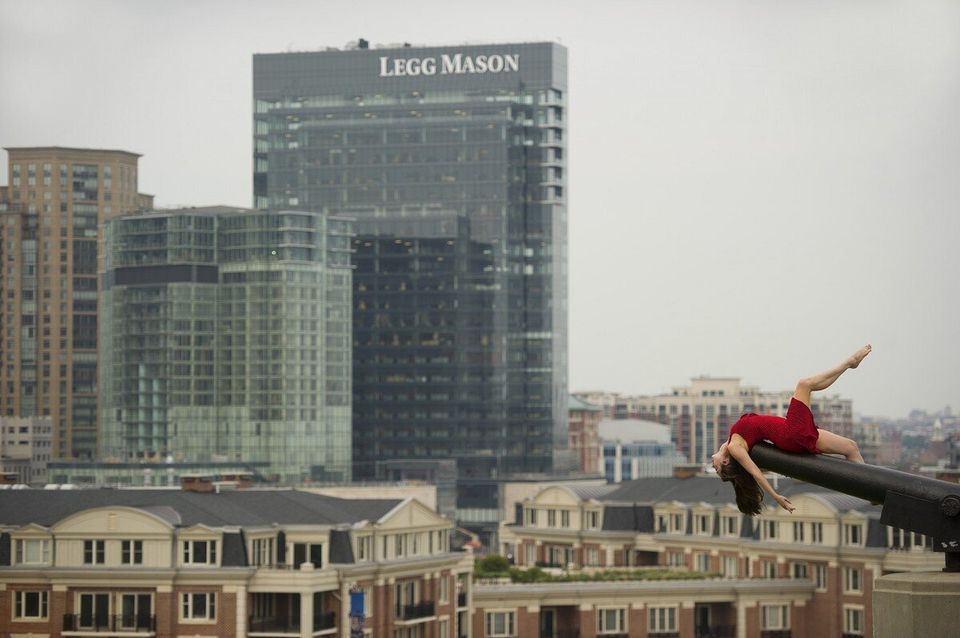Olympic television production is about innovation and excellence. Working at a Games is a buzz. Intriguing, creative people from around the world gather together and function in a co-operative that really works.
The "world feed" is all about co-operation. As an example, the best skiing producers come from Austria. Norwegian personnel will cover cross country skiing. Canadians handle curling, figure skating and hockey and bring over the best people from their own country.
Figure skating at the "Iceberg" skating palace will be directed by Michael Lansbury, who gave me my first job at TSN. One of the cameramen is Mike "Shifty" Schaffel, a guy I almost went to Sarajevo with at the height of the war there back in the '90s... The regular personnel of Hockey Night in Canada will handle hockey at both venues -- the "Bolshoi" Ice Dome and the "Shayba" (Russian for puck) Arena. TSN's regular curling crew will be in charge at the "Ice Cube" curling venue.
There are many in Sochi who have 10 or more Olympic games under their belt. Every broadcaster has access to the same pictures (provided by the OBS -- Olympic Broadcast Services headed by the irascible Spaniard Manolo Romero) and then add their own cameras and personnel to make it specific to their own country.
Television companies develop new technologies that are unveiled at the Games and then find their way into our homes and become a regular feature of our viewing habits.
Think Hi Def, for instance.
The 1936 Berlin Olympics were not only the first Games televised, but were also the first televised sporting event. Thousands of local residents watched the Games free on 25 large screens housed in newly constructed television halls around Berlin. A receiver placed in the Olympic Village enabled the athletes to view the competition. Unfortunately, problems occurred with the broadcast images. For example, because of a weak signal from the main stadium, viewers typically were only able to see dark-colored horses at the polo events, giving rise to the quintessential term "dark horse."
London hosted the first summer Games in 1948 after World War II. These Games were the first to be shown on home television. The British Broadcasting Company (BBC) purchased the rights to transmit the Games at a cost of U.S. $3,000 to an official audience of 500,000 people within the British Isles.
In 1964 in Tokyo, Seiko introduced electronic timing that could be superimposed accurately on the home TV screen.
In 1994 in Lillehammer, Norway, Canadian television executive Doug Beeforth invented the camera inside the net. Replays from that camera are now a routine part of every single hockey broadcast. During those same Olympic Games, filmmaker Jim Rodnunsky created a system of using a cat's cradle of synthetic ropes to suspend a remote-controlled camera over skiing events. That invention was eventually improved and became the camera that hovers over players during broadcasts of football games.
At the Sydney games in 2000, Orad Hi-Tec Systems introduced the first use of virtual imaging in Olympic competition. Its Virtual World Record Line debuted during Australian Nine Network's television and Web coverage of the Olympic qualifying swimming trials. The line, connected directly to the electronic timing in the event pool, featured a superimposed line on the water's surface and graphics depicting existing world records. These graphics enabled viewers to watch athletes approach and exceed the current world record as the events unfolded.
For Sochi 2014 there will be 24 HSSM cameras (High Speed Slow Motion) which is almost double what there were in Vancouver. Production enhancements are promised in Alpine skiing, bobsleigh, skeleton luge, curling, speed skating and ski jumping using specialty cams that will be seen for the first time ever.
The graphics will include amazing course animations.
Broadcasters will have access to archival footage from every Olympic Games, multi-clip feeds with unseen camera angles from HSSM and SSM cameras, and the Olympic video player (OVP) will provide a unique digital service to viewers around the world.
Everything you could possibly want to see is available from the host broadcaster.
The two broadcasters we will see in North America, NBC in the USA and the CBC in Canada, will, naturally, focus on their own athletes so in all likelihood we won't see the 16th place run from the athlete from Uzbekistan in the luge, but it will be available.
Amazing.
ALSO ON HUFFPOST:
